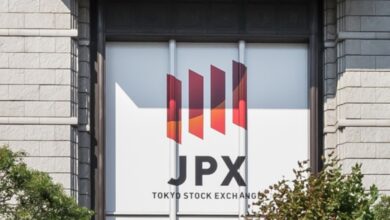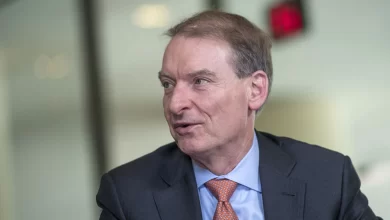Even with Trump’s Support, Crypto Markets Are Turning to MiCA, Not the U.S.

Europe is pulling ahead in the global cryptocurrency race, thanks largely to its comprehensive Markets in Crypto-Assets (MiCA) regulatory framework.
This progress contrasts with the United States, where, despite President Donald Trump’s crypto-friendly stance, retail crypto activity has been declining.
Konstantins Vasilenko, co-founder and chief business development officer at crypto exchange Paybis, highlighted that trading volumes from European Union (EU) customers surged by 70% in the first quarter of 2025, coinciding with the implementation of MiCA on January 1, 2025. Meanwhile, U.S. retail trading on platforms like Paybis showed a downward trend over the same period.
Vasilenko noted that European investors are engaging in larger, more strategic trades, a trend supported by data from other platforms, according to Cointelegraph. For example, Kaiko reports that retail trading volume on Coinbase has dropped from 40% in 2021 to just 18% recently. Similarly, Robinhood saw a 35% decline in crypto trading volume during Q1 2025.
“The timing is striking,” Vasilenko said. “MiCA’s licensing window opened at the start of 2025, and right away, EU volumes jumped 70%, while the number of trades barely increased, indicating bigger, more deliberate investments.”
MiCA’s success is attributed to its unified licensing system, allowing crypto firms authorized in one EU country to operate across all member states under a “passport” system. This fosters investor confidence, knowing that their protections follow them throughout the EU.
The framework also enforces rigorous rules on stablecoins, including mandatory full reserves, audits, and asset segregation. Additional protections inspired by the Markets in Financial Instruments Directive (MiFID), such as clear disclosures, cooling-off periods, and transparent fees, help reduce investor uncertainty.
In contrast, the U.S. market remains hindered by regulatory fragmentation and uncertainty. The absence of federal crypto legislation, ongoing SEC lawsuits, and disparate state licensing requirements create confusion for users. “Consumers struggle to know which coins or staking products will remain available,” Vasilenko observed.
Within Europe, France stands out as a crypto leader, experiencing a 175% increase in crypto activity at Paybis. The country benefits from early regulatory efforts under the 2019 PACTE law, which required anti-money laundering registration for exchanges. France’s fintech ecosystem, centered around hubs like Station F and proactive regulators such as the AMF, has fostered widespread crypto adoption, with penetration expected to reach nearly a quarter of the population this year.
Germany excels in building institutional crypto infrastructure, with Deutsche Börse’s Clearstream set to provide crypto settlement services. The Netherlands also remains a strong player, leveraging its advanced payment systems.
Vasilenko suggests that the traditional notion of a single crypto hub is evolving. Instead, liquidity and operational functions are spread across multiple European cities, Frankfurt, Paris, Dublin, and Vilnius, all unified under the MiCA framework.
Looking ahead, the U.S. could reclaim momentum if the proposed GENIUS Act passes Congress. The legislation aims to create a unified licensing regime and clear guidelines for dollar-backed stablecoins, potentially replicating MiCA’s positive impact on the American retail crypto market.





